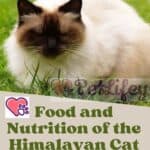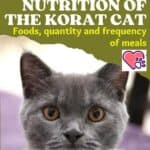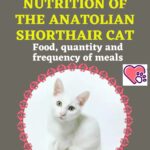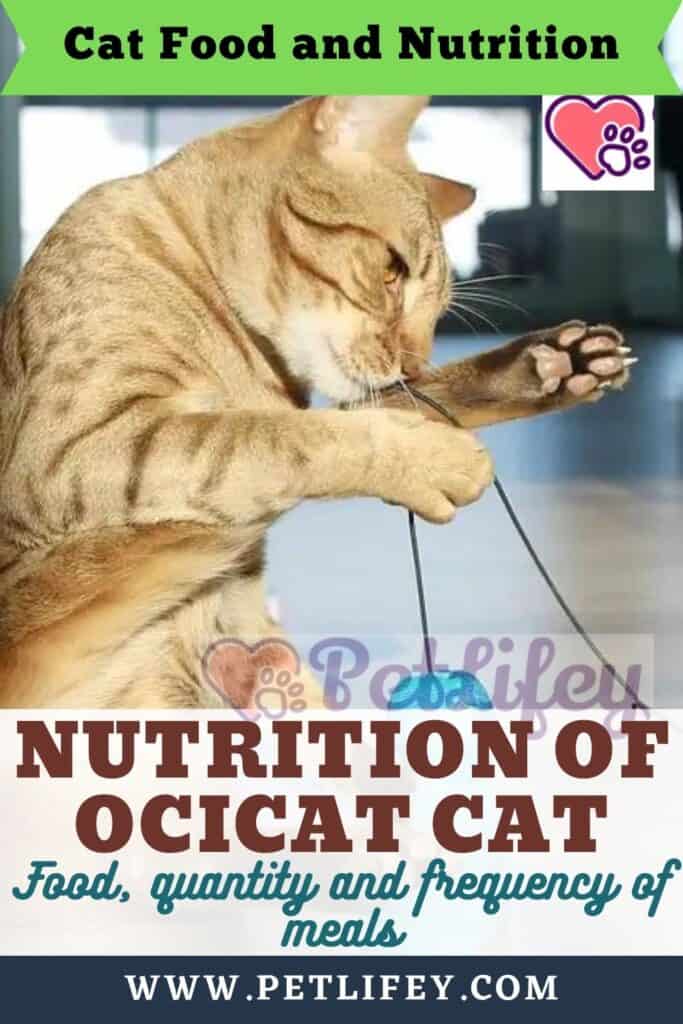
Let’s find out everything about the ideal diet of the Ocicat: which are the most suitable foods and when to feed this feline breed.
Carefully choosing the food to be given to the cat is essential to ensure that our four-legged friend always stays fit and healthy. Here’s what to know about the perfect Ocicat nutrition, from essential nutrients to the frequency of cat meals.
Nutrition of Ocicat: doses and frequency of meals
To plan the perfect feeding of the Ocicat it is essential to know the ideal ration for the cat and the most suitable time of day for the baby food.
How much food to feed to the four-legged? The answer depends on analyzing a series of factors relating to the animal’s lifestyle, weight, age and health conditions.
For this, it is advisable to contact the veterinarian to obtain a nutritional plan specially designed for the cat.
In any case, to find the approximate quantity of grams of wet food to give to the cat it is sufficient to multiply the weight of the cat by 40.
To obtain the dose of dry food, simply divide the figure obtained by 3. What is the best time of day to feed the furry dog?
First of all, it would be preferable to give him the baby food twice a day. The ideal would be to do this in the morning and in the evening, so that our four-legged friend does not wake us up meowing in the middle of the night because he is hungry.
Alternatively, you can divide the cat’s daily ration into small snacks, to be given to him throughout the day.
What to feed the Ocicat
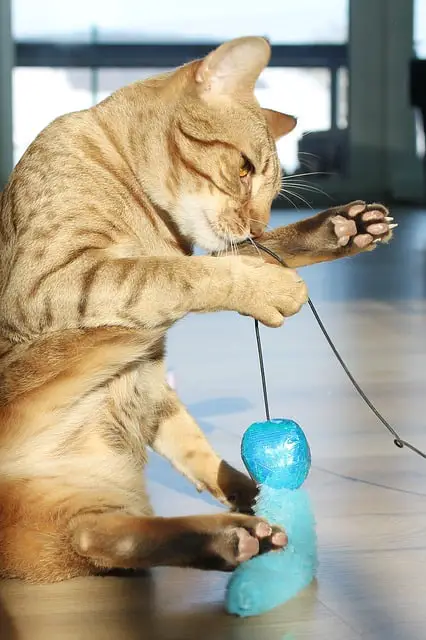
Finally, all that remains is to find out which foods are included in the ideal diet of the Ocicat.
Just like other specimens of its species, this domestic feline is an obligate carnivore. For this reason, its diet must be mainly based on the intake of proteins of animal origin.
Green light for meat, such as chicken, beef and rabbit. These foods, in fact, contain essential nutrients for the well-being of the cat, which the animal’s body is unable to synthesize independently.
Less frequently, the four-legged can also be given fish, such as sea bass, salmon and anchovies. In fact, these are foods that contain Omega 3 and Omega 6, which are beneficial for the cat’s health.
Depending on the time available, you can choose between a home diet for the Ocicat or, alternatively, for ready-made feed.
In the first case, you will be in charge of preparing meals for the cat, from selecting the ingredients to cooking them.
Warning: in this case, the risk of nutritional deficiencies is around the corner. For this, it is highly recommended to ask your vet for help, who will plan a complete and balanced diet.
Alternatively, you can buy industrial foods on the store shelves. Of course, don’t forget to read the nutritional tables on the back of the package, avoiding substandard foods, excessively high in carbohydrates and crude ash.

